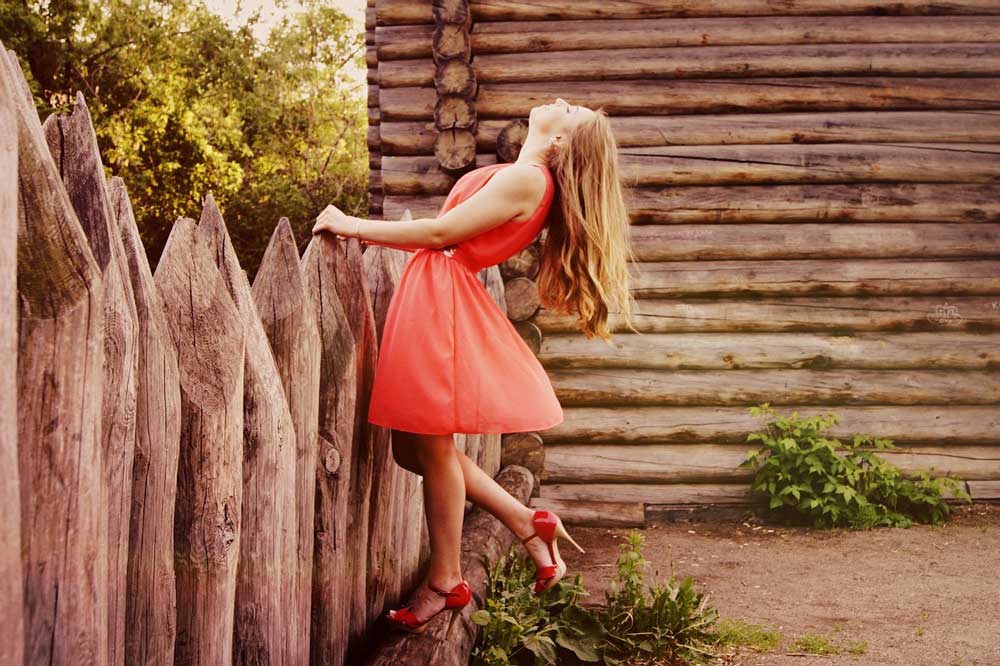Weddings are joyous occasions that bring together friends and family to celebrate love. But knowing what to wear as a guest can sometimes be tricky, especially with so many different dress codes and wedding themes. This guide will help you navigate guest attire etiquette so you can arrive looking polished and appropriate, no matter the event.
1. Understand the Dress Code
The first step to choosing the perfect outfit is understanding the dress code, which is typically included on the invitation or wedding website. Here’s a breakdown of common wedding dress codes:
- Black Tie: This is the most formal dress code. Men should wear a tuxedo, and women should opt for a long evening gown or an elegant cocktail dress.
- Formal or Black Tie Optional: Men can wear a dark suit and tie or a tuxedo, while women can choose a floor-length dress, a chic cocktail dress, or a dressy jumpsuit.
- Semi-Formal: Men should wear a suit and tie, while women can wear a midi or knee-length dress, a skirt with a blouse, or a jumpsuit.
- Cocktail Attire: Men should wear a suit and tie in lighter or darker tones, depending on the time of day. Women can choose a knee-length cocktail dress, a dressy jumpsuit, or a skirt-and-top ensemble.
- Casual or Daytime: For a more relaxed wedding, men can wear dress pants with a button-down shirt, while women can wear a sundress, a skirt and blouse, or even dressy separates. Avoid jeans or overly casual clothing unless explicitly stated.
2. Consider the Venue
The wedding location often influences what’s appropriate to wear:
- Outdoor Weddings: For beach or garden weddings, choose breathable fabrics and comfortable shoes. For instance, flat sandals or wedges work better than stilettos on grass or sand.
- Religious Ceremonies: If the wedding takes place in a house of worship, ensure your outfit is respectful. Consider covering your shoulders with a wrap, shawl, or jacket if your dress is strapless or sleeveless.
- Destination Weddings: These often call for a balance between comfort and elegance. Research the climate and cultural norms of the location to choose an appropriate outfit.
3. Avoid Upstaging the Couple
The golden rule of wedding guest attire is to never outshine the bride and groom. Here are some guidelines to keep in mind:
- No White or Ivory: These colours are reserved for the bride unless the invitation specifies otherwise.
- Avoid Overly Flashy Attire: Steer clear of outfits with excessive sequins, glitter, or bold patterns that could steal the spotlight.
- Stick to the Theme: If the wedding has a specific colour palette or theme, try to incorporate subtle elements without overshadowing the bridal party.
4. Respect Seasonal Trends
Seasons can influence the colours and fabrics you should wear:
- Spring: Pastel tones, floral prints, and lightweight fabrics like chiffon or cotton are perfect.
- Summer: Bright colours, breezy dresses, and linen suits work well for warm-weather weddings.
- Fall: Earthy tones, jewel hues, and heavier fabrics like velvet or tweed are ideal for cooler temperatures.
- Winter: Darker colours, rich fabrics like silk and velvet, and layers like a stylish shawl or coat are great for staying warm while looking elegant.
5. Accessorise Thoughtfully
Accessories can elevate your outfit, but they should complement your look, not overwhelm it:
- Shoes: Comfort is key, especially if there will be dancing. Choose shoes that match your outfit but are practical for the venue.
- Jewellery: Keep it subtle and elegant. Avoid large statement pieces unless the dress code encourages it.
- Handbags: A small clutch or crossbody bag is perfect for holding essentials without being bulky.
- Hats and Fascinators: These are great for daytime or formal weddings, especially in the UK. Just ensure they don’t obstruct others' views.
6. Be Mindful of Cultural Norms
If the wedding includes cultural or religious traditions, research or ask the couple about any specific attire expectations.
- Traditional Attire: Some weddings may encourage wearing traditional clothing from the couple's culture.
- Colour Restrictions: Certain cultures associate specific colours with mourning or other meanings, so be mindful of these when choosing your outfit.
7. Plan Ahead
Last-minute wardrobe issues can cause stress. Here’s how to prepare in advance:
- Check the Invitation: Confirm the dress code and theme.
- Fit and Comfort: Try on your outfit ahead of time to ensure it fits well and feels comfortable.
- Weather-Proof Your Look: Bring a jacket, umbrella, or scarf if the weather might be unpredictable.
8. What Not to Wear
Avoid these common pitfalls to ensure you’re dressed appropriately:
- Jeans or Shorts: Unless explicitly allowed, these are too casual for most weddings.
- Overly Revealing Outfits: Keep it classy and respectful.
- Graphic Tees or Logos: Stick to elegant and timeless clothing.
Final Thoughts
As a wedding guest, your outfit should strike the perfect balance between looking stylish and respecting the couple’s big day. When in doubt, it’s always better to dress slightly more formally than casually. After all, it’s a celebration, and showing up well-dressed is a wonderful way to honour the couple and the occasion.
What’s your go-to outfit for weddings?



